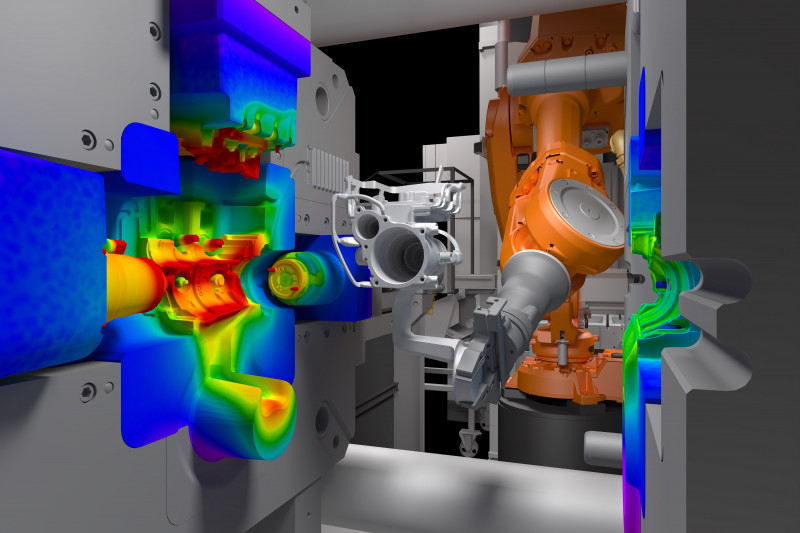Introduction:
Manufacturing processes play a crucial role in determining the quality and performance of a product. Among the various methods available, squeeze casting has emerged as a highly efficient technique to produce high-quality components for various industries. This advanced manufacturing process involves the combination of casting and forging, resulting in enhanced mechanical properties and improved product quality. In this article, we will explore the process of squeeze casting, its advantages, and its application in different industries.
Process Overview:
Squeeze casting, also known as liquid forging or liquid metal forging, is a casting process that combines the advantages of both casting and forging. The process begins by injecting molten metal into a preheated die cavity using a high-pressure system. Once the molten metal is injected, the die is closed, and a specially designed pressure intensifier applies high pressure to the molten metal. This pressure ensures the filling of the die cavity and promotes the refinement of the microstructure, resulting in improved mechanical properties.
Advantages of Squeeze Casting:
1. Enhanced Mechanical Properties: Squeeze casting offers superior mechanical properties compared to conventional casting methods. The combination of high pressure and controlled solidification results in components with improved strength, ductility, and fatigue resistance. This makes squeeze cast components suitable for applications requiring high-performance and reliability.
2. Reduced Porosity: Porosity is a common defect in cast components, which can compromise their integrity and performance. Squeeze casting significantly reduces the porosity by promoting the flow of molten metal and eliminating entrapped gases. As a result, squeeze cast components exhibit excellent dimensional stability and reduced susceptibility to cracking.
3. Near Net Shape Manufacturing: Squeeze casting allows the production of near net shape components, eliminating or minimizing the need for secondary machining operations. This not only saves time and cost but also reduces material waste, making the process more sustainable.
4. Design Flexibility: The flexibility of squeeze casting enables the production of complex geometries and thin-walled structures that may be challenging to achieve with other manufacturing processes. This opens up new possibilities for designing innovative components with optimized performance.

Applications:
Squeeze casting finds applications in a wide range of industries, including aerospace, automotive, defense, and energy. The aerospace industry utilizes squeeze casting to manufacture critical components such as turbine blades, engine parts, and landing gear components. The automotive industry benefits from squeeze casting for producing lightweight and high-strength components like suspension parts and engine blocks. In the defense sector, squeeze casting is employed to fabricate armor plates, weapon components, and missile parts. Additionally, the energy industry leverages the advantages of squeeze casting to manufacture high-performance parts for turbines, generators, and oil drilling equipment.
Conclusion:
Squeeze casting is a manufacturing process that offers enhanced product quality and performance. Through the combination of casting and forging techniques, squeeze casting produces components with superior mechanical properties, reduced porosity, and near net shape manufacturing. The advantages of this process make it an attractive choice for industries requiring high-performance components. As technology continues to advance, squeeze casting is expected to play a vital role in the production of complex and high-quality components in various sectors.
-

- Izdelana srednja plošča za Macbook po meri izdelanih kovinskih delov
-

- Kolesa za livarske dele iz magnezijeve zlitine s CNC obdelavo in površinsko obdelavo
-

- Pokrov ohišja prenosnega računalnika A z visoko natančnimi magnezijevimi tiksomlitnimi komponentami
-

- UAV deli za tlačno vlivanje iz magnezijeve zlitine
-

- Customized foundry products e-bike components magnesium alloy wheel
-

- Pokrov ohišja prenosnika C

 0086-750-5616188
0086-750-5616188 +86 13392089688
+86 13392089688 sales@zhongmei-tech.com
sales@zhongmei-tech.com







